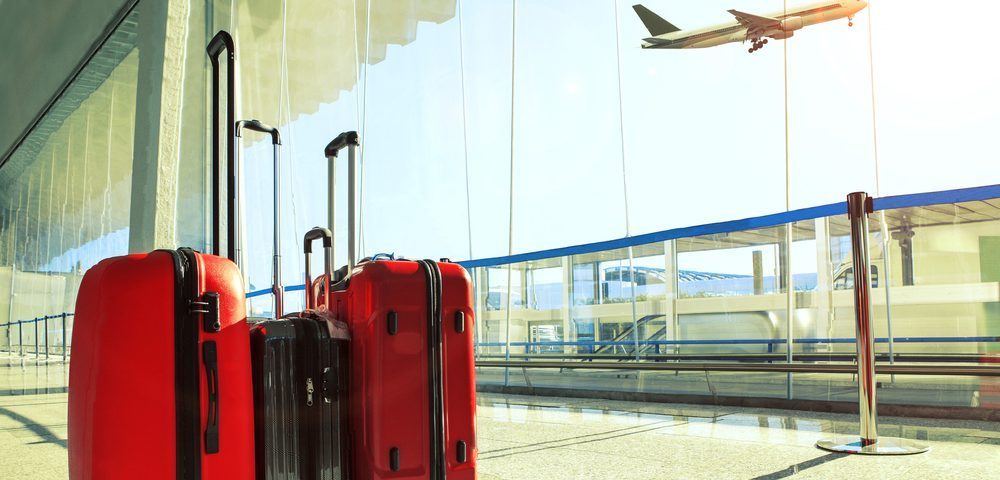How to Manage Neuropathy Symptoms While Traveling

For caregivers of patients with familial amyloid polyneuropathy, a great deal of planning is needed to ensure that local and long-distance travel is manageable.
For long-distance travel, the pain associated with peripheral neuropathy may make it difficult to find suitable accommodations. As caregivers, we are responsible for the comfort and well-being of our loved ones.
Following are tips to help manage neuropathy symptoms while traveling.
Making plans for air travel
Travel by airplane may be difficult for those suffering from peripheral neuropathy symptoms. The proximity between seats and the lack of legroom may be uncomfortable for neuropathy patients. For longer flights, those with neuropathy need to be able to maneuver comfortably. Sitting in the same position for long periods may worsen symptoms.
Since air pressure inside an airplane cabin may cause swelling in the feet, patients should wear compression socks during the flight. Patients also should wear comfortable shoes. My mother-in-law always wears her diabetic slippers when taking flights to Arizona to visit her brother. She also selects a seat with extra legroom.
When making plans for air travel, patients and caregivers must plan and research options for making the flight more comfortable. My wife and I usually research flights with wheelchair access and provide the airline we choose with advance notice. Most airlines have toll-free numbers for those needing special assistance to call before their flight.
How neuropathy patients should approach security screenings
When approaching the TSA security checkpoint, patients and caregivers need to inform the security officer of any underlying health conditions. Physical touch during a pat-down may irritate a patient’s skin, arms, or legs.
The security checkpoint also may present a troublesome situation for neuropathy patients when they are required to remove shoes and outer garments. The removal of outer layers may leave patients susceptible to colder indoor temperatures. For patients with peripheral symptoms, the removal of shoes or slippers may irritate the feet.
Research is key to traveling with neuropathy
My wife and I research ahead of time any place we plan to take my mother-in-law. Whether it involves the accessibility of transportation, restaurants, or other attractions, traveling with my mother-in-law requires diligence in ensuring that she will have a safe and comfortable experience.
***
Note: FAP News Today is strictly a news and information website about the disease. It does not provide medical advice, diagnosis, or treatment. This content is not intended to be a substitute for professional medical advice, diagnosis, or treatment. Always seek the advice of your physician or other qualified health provider with any questions you may have regarding a medical condition. Never disregard professional medical advice or delay in seeking it because of something you have read on this website. The opinions expressed in this column are not those of FAP News Today or its parent company, BioNews Services, and are intended to spark discussion about issues pertaining to familial amyloid polyneuropathy.







Comments